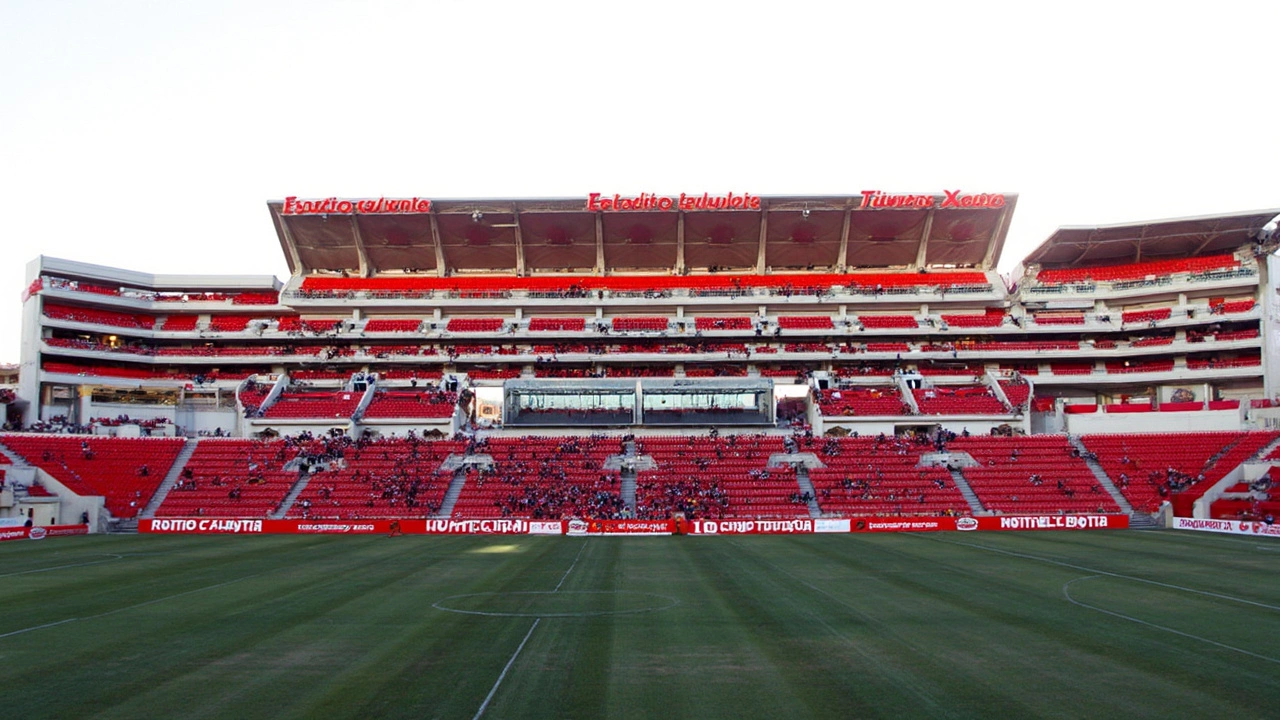Xolos: Changing the Game with Location and Savvy Business
If you thought soccer dominance in Mexico meant being an old club with a decades-long history, think again. Club Tijuana, or Xolos to their growing fanbase, shook up expectations by landing a powerful 14th place spot among the most valuable soccer squads in the Americas. Their estimated valuation in 2017 hit $135.5 million, which sounds even more impressive when you realize that leaves big names like Toluca, Pumas, Tigres, Pachuca, Cruz Azul, León, and Veracruz trailing behind them.
So what’s their secret? Xolos owes much of their financial muscle to a unique spot right near the U.S.-Mexico border. With Estadio Caliente just a few miles from California, they attract not just local Tijuana faithful but also fans from San Diego and beyond. The result: higher ticket prices and a regular stadium buzz that’s become rare elsewhere in Liga MX. People drive across borders for a matchday, and it’s not just about soccer—it’s an event that lets folks blend cultures, teams, and traditions all in one night.

The Business of Building a Contender
Xolos didn’t stumble onto the big leagues by luck. They’ve built a model that other clubs now envy: find undervalued youth talent, develop them well, and then sell them on to clubs—sometimes abroad—for profit. It’s a game plan you normally see with top European teams, but Xolos pulled it off in a league where financial savvy often takes a back seat to club traditions.
This strategy means they can afford to pay decent wages, invest in their facilities, and spend wisely—not just on star signings, but on the coach and youth development staff to keep the pipeline strong. And while it might sound simple, pulling off profitable transfers takes foresight and a sharp eye for the next breakout player. Xolos are already known for exporting players, and their business-first attitude keeps them competitive with historic giants that have been around much longer.
What’s also striking is how the Xolos’ border identity affects not just their bottom line, but their culture. Their marketing hits hard with the bilingual, bicultural population nearby. Club shops often sell merchandise in dollars and pesos, and their social media caters to fans on both sides of the border. It’s a local-global combo that few teams in Liga MX can claim.
Xolos’ consistent rise has turned heads in the soccer world. They've shown that a newer club, with a sharp business lens and a soccer team valuation that defies expectations, can go toe-to-toe financially with the old guard. The big question now? Whether more teams in Mexico will take a page from their playbook or stick to the traditional ways that built their own legends.


